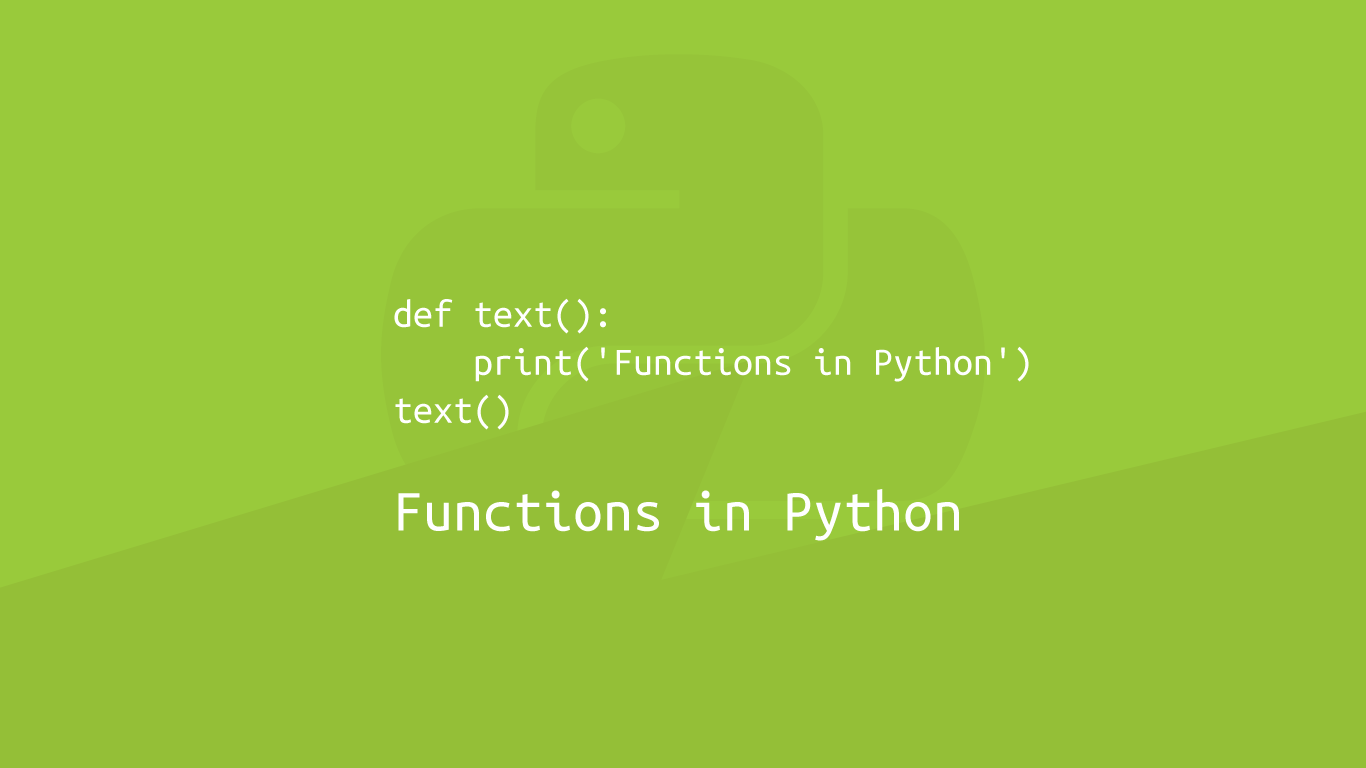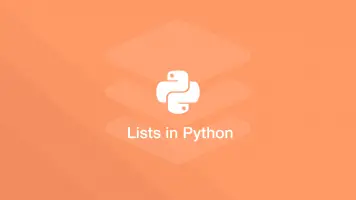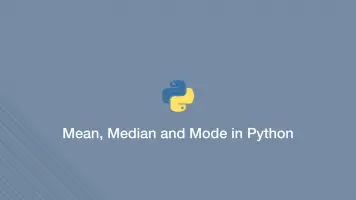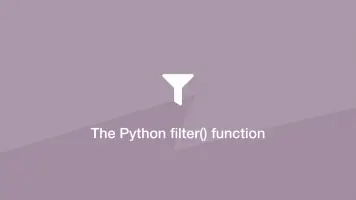How To Use Functions in Python
Functions in Python are used to contain blocks of code for performing specific tasks and to contain variables that are locally available to that function. Functions don't run until you call them in the program and are often used as a way to reduce repetition of code.
In this tutorial, we will cover how to use functions in Python from how to define them to the different ways they can be used.
How to Define a Function
There are a set of components that make up a function in Python:
def- this tells Python to define the following function.- the name of the function - you can call your function anything you want so long as the name does not contain spaces, special characters or begin with a number.
- the parentheses -
()(opening and closing brackets) used to pass data into the function - the arguments - an optional list of variables that are passed into the function inside the
()(parentheses) :- a colon to start the actual function
Let's make a function called text that will print hello.
def text():
print('hello')
The code inside the function must be indented with a (tab), or Python will not consider it to be in the function.
How to Call a Function
You will have noticed that when you run the above code it does nothing. That is because for a function to run it must be called. To call a function in Python type its name followed by () (parenthesis).
def text():
print('hello')
text()
hello
The function must be called after it is defined in the code. The following example will throw an error.
text()
def text():
print('hello')
NameError Traceback (most recent call last)
<ipython-input-1-cc344ccaef29> in <module>
----> 1 text()
2 def text():
3 print('hello')
NameError: name 'text' is not defined
How to Return Data from a Function
To return data from a function, use return followed by the data to return. This could be a variable, string, number, list or any other type of data available in Python.
def text():
return "hello"
print(text())
hello
note - anything placed after return in the function will not run.
def text():
return "hello"
print('something')
print(text())
hello
Variable Mapping with a Function
Functions in Python can be used to map variables. Let's say we needed to divide a bunch of values by 2 before the value is set as a variable. We could divide the number each time in the code, or we could make a function that would be called every time we wanted to divide something in half and return the new value.
def divide(num):
return num / 2
a = divide(10)
b = divide(5)
print(a)
print(b)
5.0
2.5
The nice thing about using functions like this is if we needed to change its behaviour we just have to edit that one function. It follows the Don’t Repeat Yourself (DRY) software development principle.
Passing Multiple Arguments into a Function
Multiple arguments can be passed into a function by separating them with a , (comma).
def divide(num1, num2):
num1 = num1 / 2
num2 = num1 / 2
print(num1)
print(num2)
divide(5, 7)
2.5
1.25
Default Arguments
Arguments can be set to have a default value if one is not supplied in the call. This is done by setting the argument using = (equals).
def total_fruits(banana, apple, orange, peach = 4):
return banana + apple + orange + peach
bananas = 5
apples = 8
oranges = 9
total = total_fruits(bananas, apples, oranges)
print(total)
26
Variable Length Arguments
If a function has to take an unknown number of arguments, they can can be collected into a tuple by putting an * (astrix) before the last argument.
def total_fruits(banana, *numtuple):
print("first argument: ", banana)
print("tuple: ", numtuple)
bananas = 5
apples = 8
oranges = 9
pears = 4
total_fruits(bananas, apples, oranges, pears)
first argument: 5
tuple: (8, 9, 4)
Anonymous Functions
It is possible to create discreet anonymous functions with Python. They are also known as lambda functions and the syntax looks like this:
lambda arguments: expression
Here is an example of a lambda function to divide a number in half.
divide = lambda num: num / 2
half_value = divide(7)
print(half_value)
3.5
Conclusion
You now know how to use functions in Python, why they are help reduce code repetition and how arguments can be passed in.







